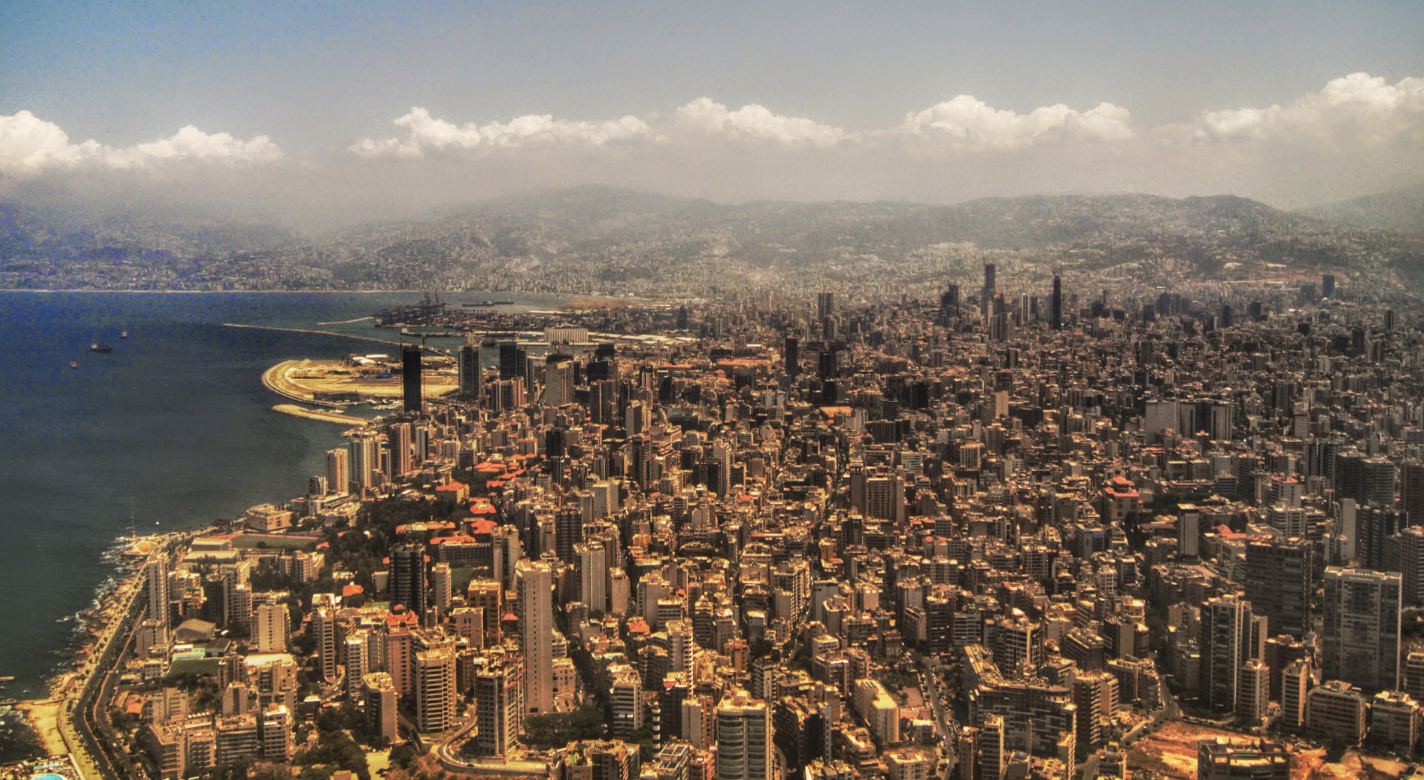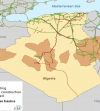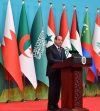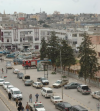The Iraq-Iran region must compose with significant population growth and internal migratory flows that should continue. Jordan, Iraq, Egypt and the Palestinian territories have faced significant population growth for more than a decade.
Jordan saw its population double between 2010 and 2022, while the Iraqi population increased by 31%, and should double by 2060. Demographic growth in Egypt shows no slowdown (+1.7% per year ), while the Palestinian population has increased by +80% compared to 1990. These dynamics of population growth, partly due to high fertility rates, are also explained by the various migration flows, in particular in the case of Jordan and Egypt.
In Jordan, migrants represented a third of the population in 2020 (87 % of which are refugees). In Egypt, international migrants represent 9% of the total population, and are mainly from Sudan, Syria, Yemen or Libya.
Lebanon and Syria face very specific economic and political situations, which have significant impacts on their respective demographics.
Since the start of the war in 2011, the Syrian population (initially 23 m of inhabitants) would have decreased by at least 6 m of people, and 6 m of Syrians have been displaced inside the country. Lebanon, a country neighboring Syria, is currently hosting more than 1.3 m from Syrians.
To this situation is added the economic crisis which, since 2019, has pushed many Lebanese to leave the country (around 100,000 per year, according to most estimates).
The Middle East is characterized by an essentially young population, with a median age of 25 years.
The Iraqis, the Palestinians and the Syrians have a particularly young population. The high fertility rates observed are explained by several factors: the traditions of valuation of the family and intergenerational solidarity, a difficult economic and social situation, making the contribution of the active members of the family, limited access to contraception services , and a low participation of women in the labor market.
However, the level of education in the region is high.
All countries, with the exception of Egypt and Iraq, display a high literacy rate, especially among young people, with a regional average of 97%. In addition, the schooling rate in higher education is important, with very high ratios in Israel, Iran and Lebanon.
The region has a large pool of skilled workers, which at the same time constitutes an increasing challenge for local economies, which do not have the capacity to absorb the influx of young workers entering the market.
Source : French Embassy in Lebanon








Réagissez à cet article